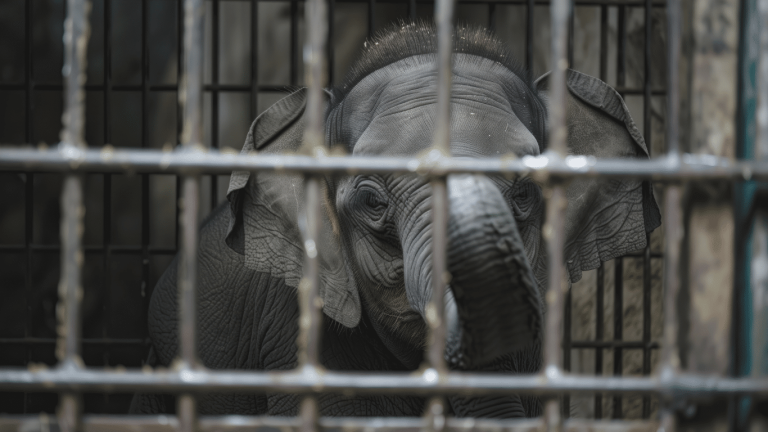The Dark Side of Social Media: Animal Abuse Disguised as Rescue
In the relentless pursuit of online fame and fortune, a disturbing trend has emerged on social media platforms: staged animal rescues fabricated for views, likes, and shares. These videos, often depicting dramatic rescues of animals from perilous situations, exploit our innate compassion for vulnerable creatures, masking a sinister reality of animal abuse and manipulation. While genuine animal rescues are undoubtedly worthy of recognition, these staged scenarios deliberately endanger animals for the sake of viral content, perpetuating a cruel cycle of exploitation.
The telltale signs of a staged rescue are often subtle but discernible to the careful observer. One key indicator is the presence of multiple camera angles. A genuine rescue situation rarely affords the time or opportunity to strategically position multiple cameras. The seamless transitions and professional editing often seen in these videos strongly suggest premeditation and staging, transforming a supposed act of compassion into a carefully orchestrated performance. Furthermore, the dramatic narrative often presented, complete with suspenseful music and slow-motion effects, further reinforces the suspicion of manipulation.
The pursuit of viral fame can drive some creators to shocking lengths. Animals may be deliberately placed in harm’s way, subjected to unnecessary stress, or even inflicted with injuries to create a more compelling rescue narrative. Instances of animals seemingly being given CPR, appearing either drugged or near death, raise serious ethical concerns. Even more disturbing are reports of creators intentionally making animals ill or injuring them solely for the purpose of filming their "treatment" and recovery. These fabricated scenarios trivialize genuine animal suffering and normalize the exploitation of vulnerable creatures for entertainment.
Another common tactic employed by these unethical creators involves faking parasitic infestations. By attaching harmless items like beans or seeds to an animal’s fur and then dramatically removing them, they create the illusion of a tick infestation and a heroic parasite removal. This deceptive practice not only misleads viewers but also desensitizes them to the real-world problem of animal parasites and the importance of responsible pet care.
The motivation behind these staged rescues is simple: the insatiable hunger for online validation. Likes, follows, and shares become a form of currency, fueling the creators’ desire for recognition and potentially leading to monetary gains through sponsorships and advertising revenue. This creates a vicious cycle where animal abuse is incentivized and perpetuated by the very platforms designed to connect and entertain us.
It is crucial for social media users to become discerning consumers of online content. If a rescue video seems too dramatic, too perfectly captured, or too emotionally manipulative, it warrants further scrutiny. Question the creator’s motives. Look for inconsistencies in the narrative. Be wary of excessive editing, dramatic music, and slow-motion effects. And most importantly, if you have any doubt about the authenticity of a rescue video, do not engage with it. Likes, follows, and shares only serve to amplify these harmful narratives and embolden those who exploit animals for online fame. By becoming more critical consumers of online content, we can collectively help break the cycle of animal abuse and create a more compassionate online environment.
By becoming more critical consumers of online content and reporting suspicious activity, we can collectively help to break the cycle of animal abuse and foster a more compassionate and responsible online environment. The responsibility lies with each of us to be vigilant, to question what we see, and to refuse to reward those who exploit animals for personal gain.


